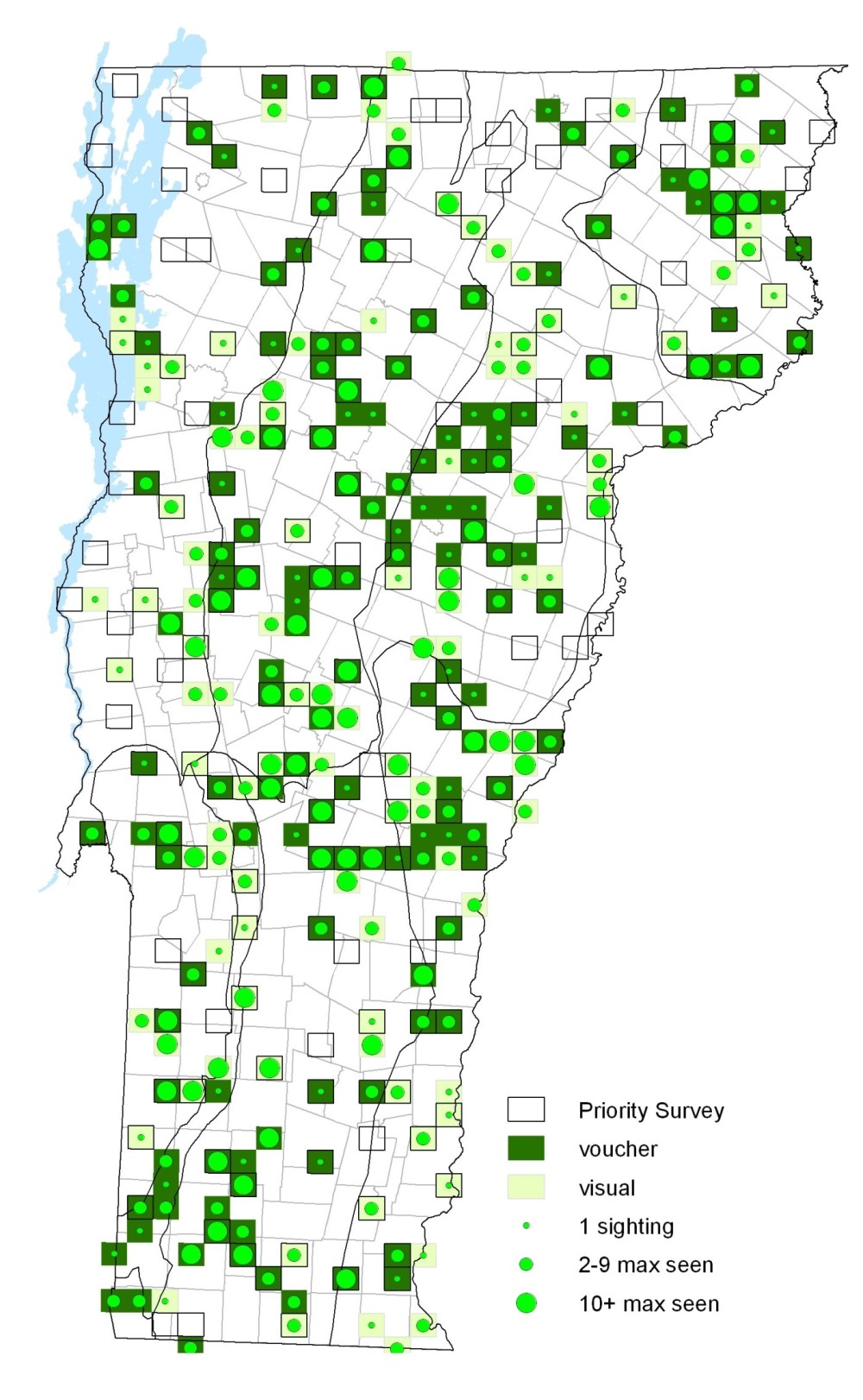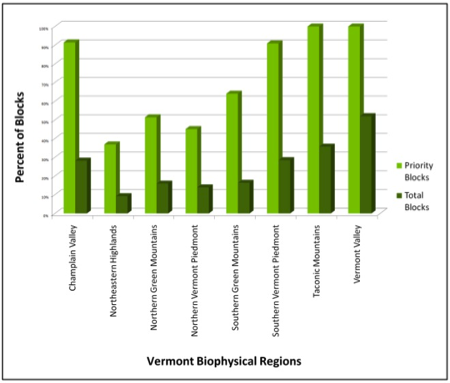One of the most striking butterflies of the Northeast, the Canadian Tiger Swallowtail was once considered a subspecies of the Eastern Tiger Swallowtail. They are closely related have similar natural history. They are difficult to differentiate in the field, and will periodically hybridize, especially throughout central New England where their ranges overlap. The Canadian Tiger Swallowtail is an adaptive generalist, and though its range is limited to northern climates, it is able to adjust to nearly any habitat within that range. Males patrol to locate receptive females. Females lay eggs singly on surface of hostplant leaves. Caterpillars eat leaves and rest on silk mats in shelters of curled leaves. Overwinter in chrysalis.
Identification
Smaller than Eastern or Western Tiger Swallowtails. Upperside of forewing with relatively broad black stripes; underside with marginal yellow spots merged into continuous band. Hindwing with numerous orange scales. Dark line next to body is much wider in this species than in the Eastern Tiger Swallowtail.
Conservation Status
Resident – Common
Vermont S5
Global G5
Flight 
Unlike the Eastern Tiger Swallowtail, it has a single generation from May to mid-July.. Highest counts are from early June through mid July. In some years they can be extremely abundant. Extreme dates from vouchers due to difficulties of visual identification: 1 May 1998 in Grand Isle (D. Hoag) and 29 July 1980 in Grafton (S. Parren).
Distribution and Habitat
North American range- from central Alaska southeast across Canada and the northern Great Lakes states to northern New England.
Both historic and VBS records are from across the state. Caterpillars feed on leaves of Birch (Betula), Aspen (Populus), and Black Cherry (Prunus serotina).








